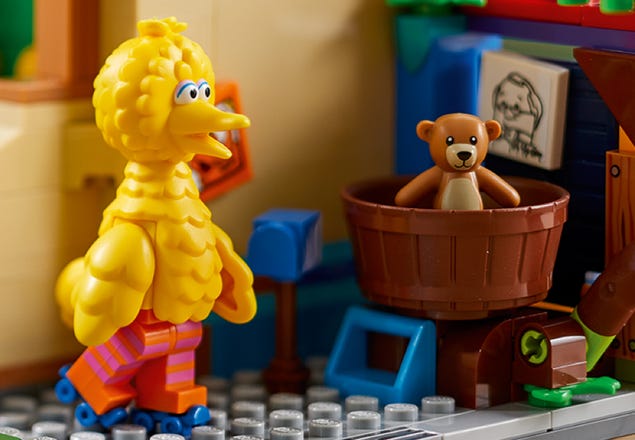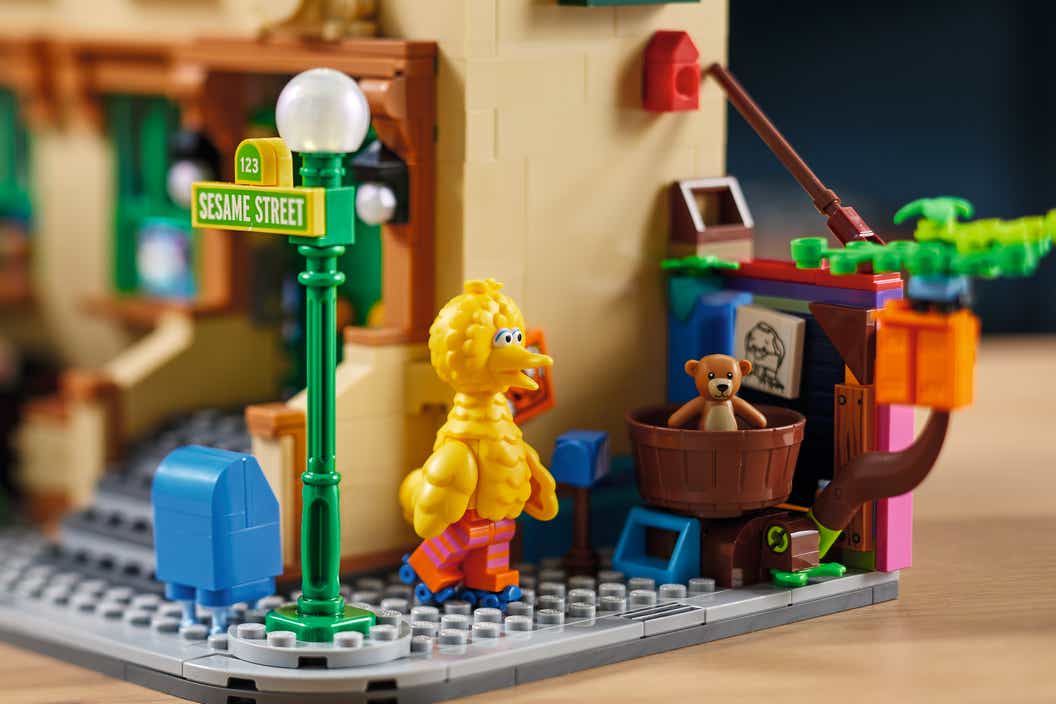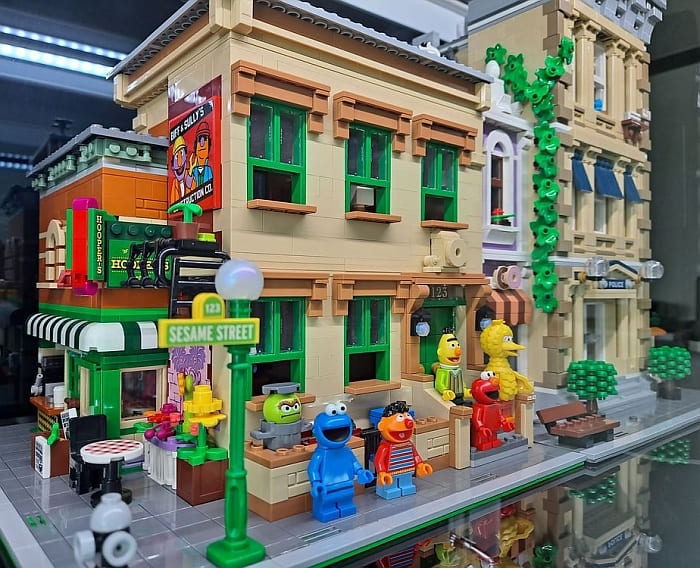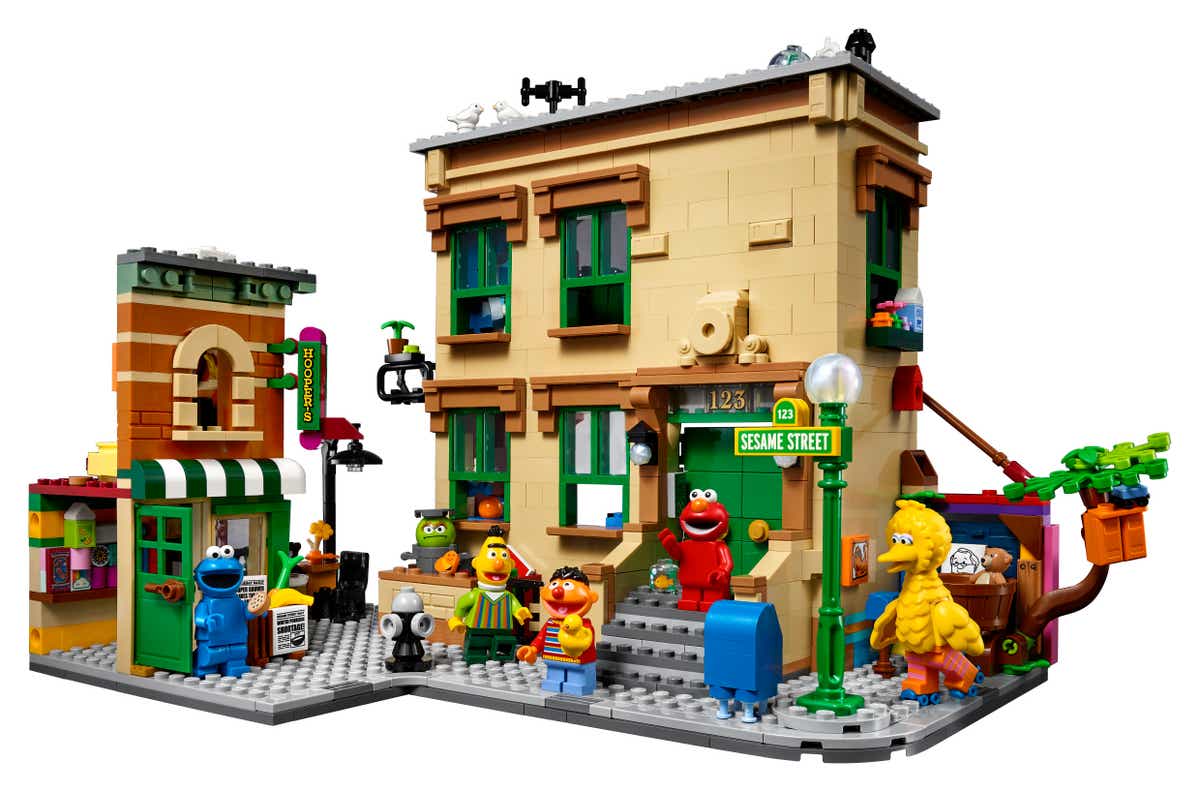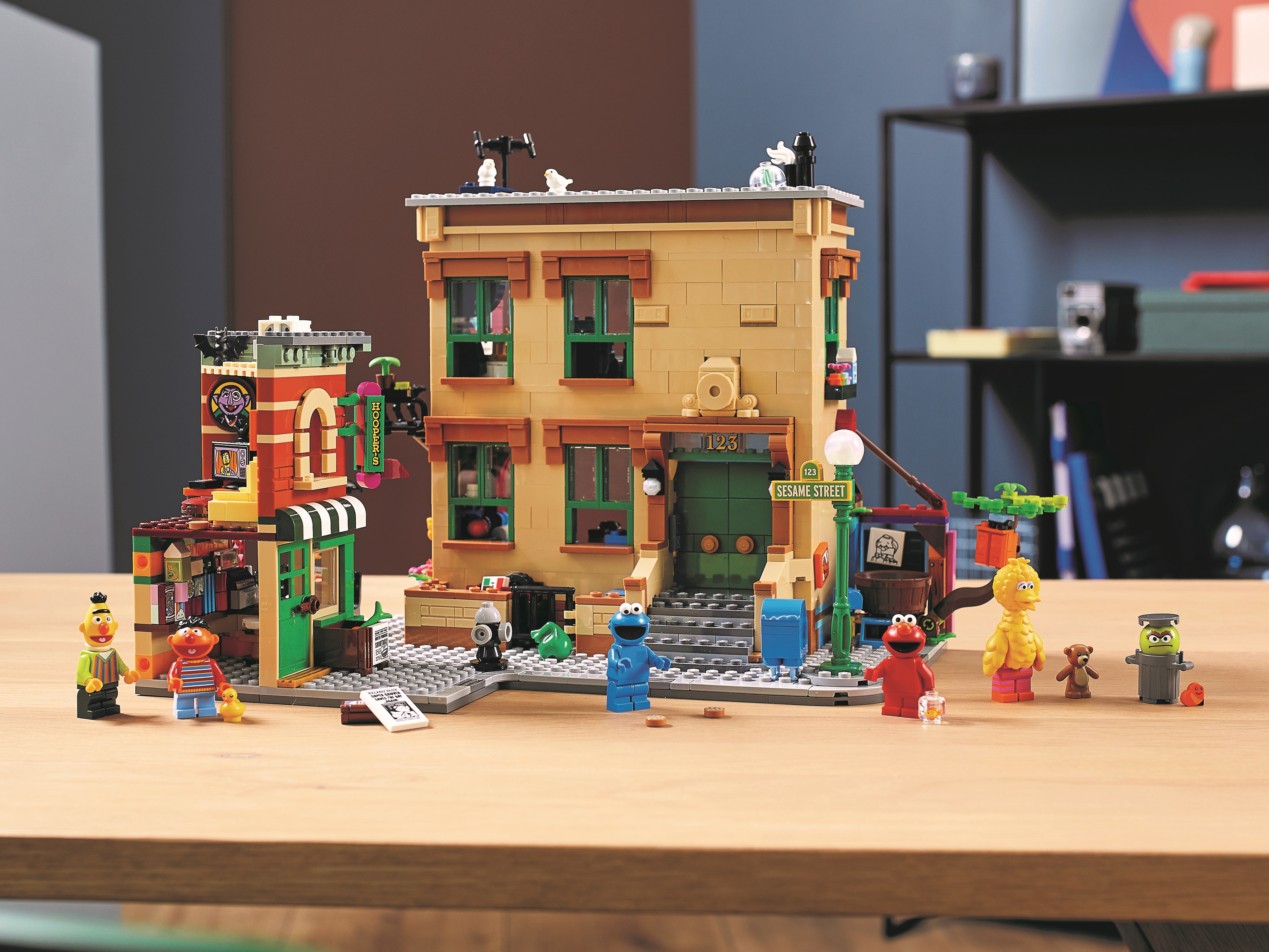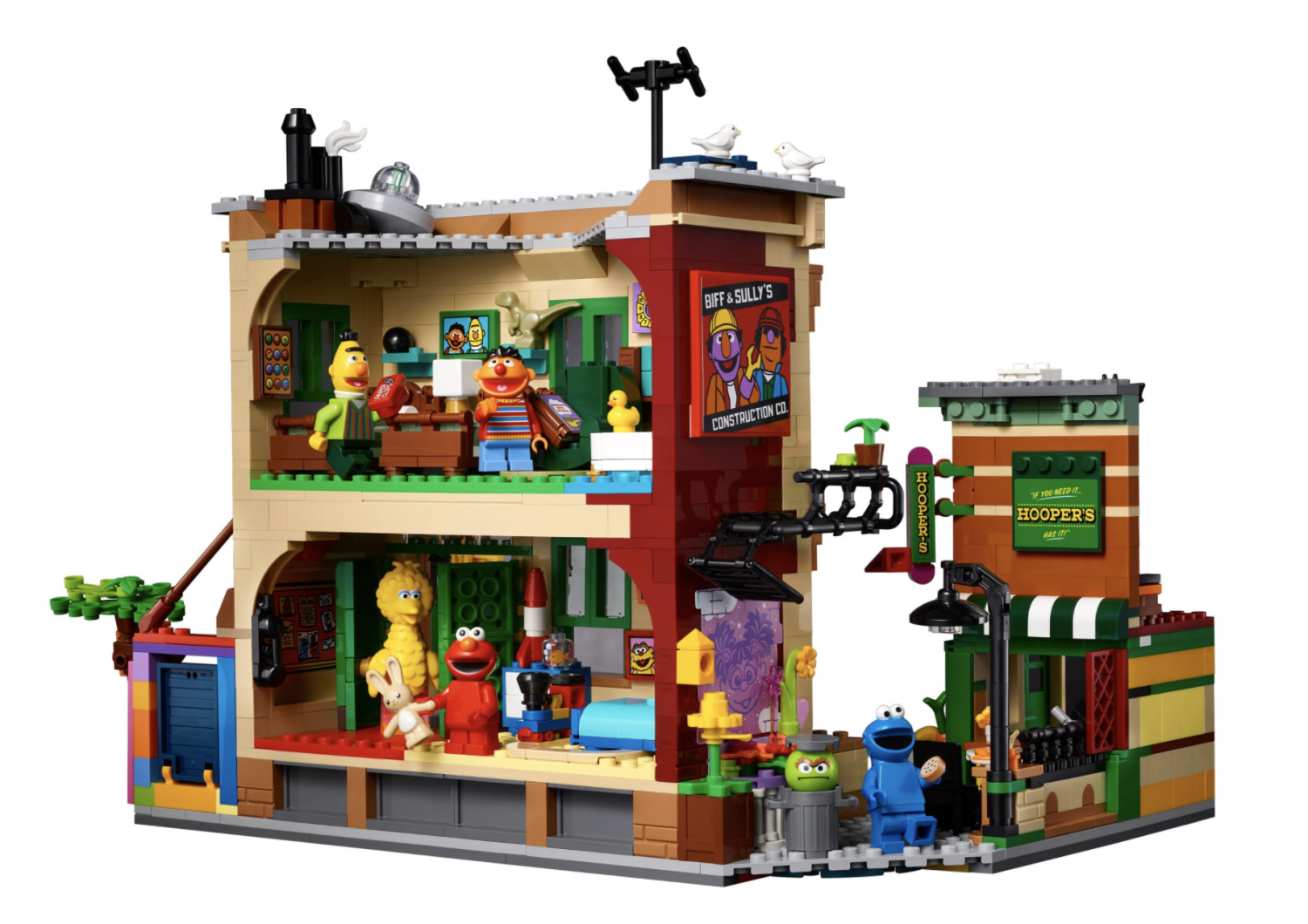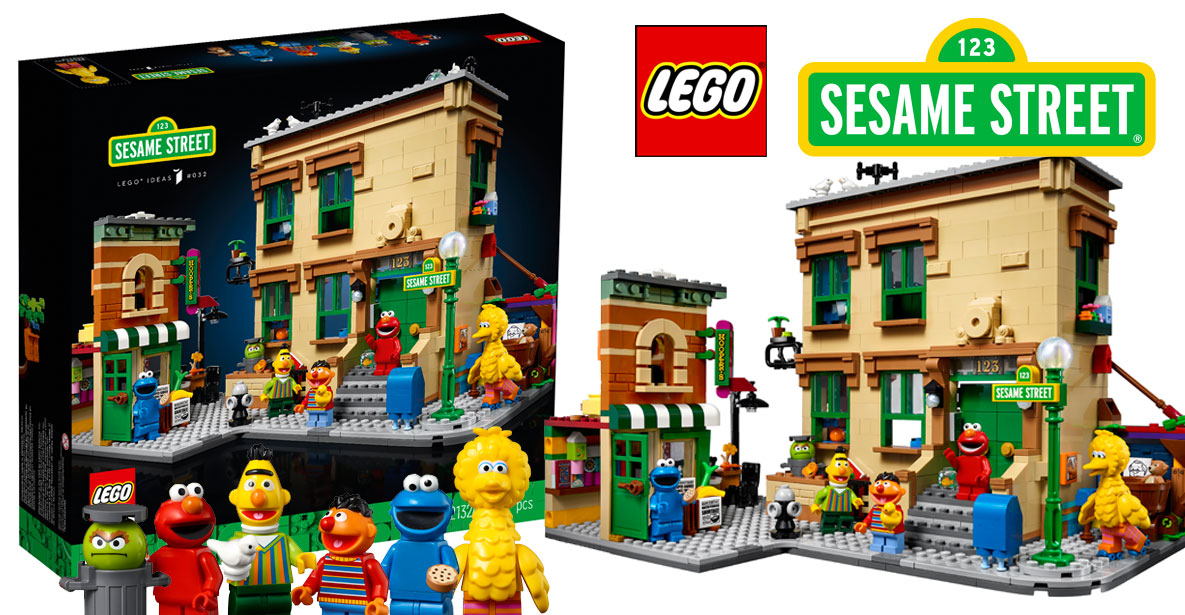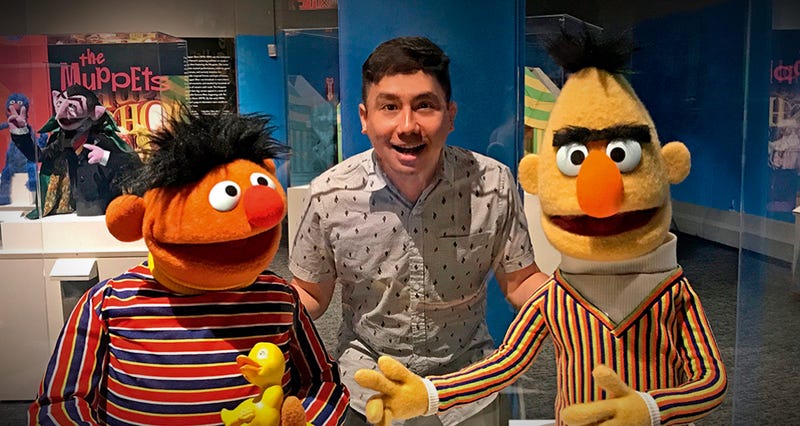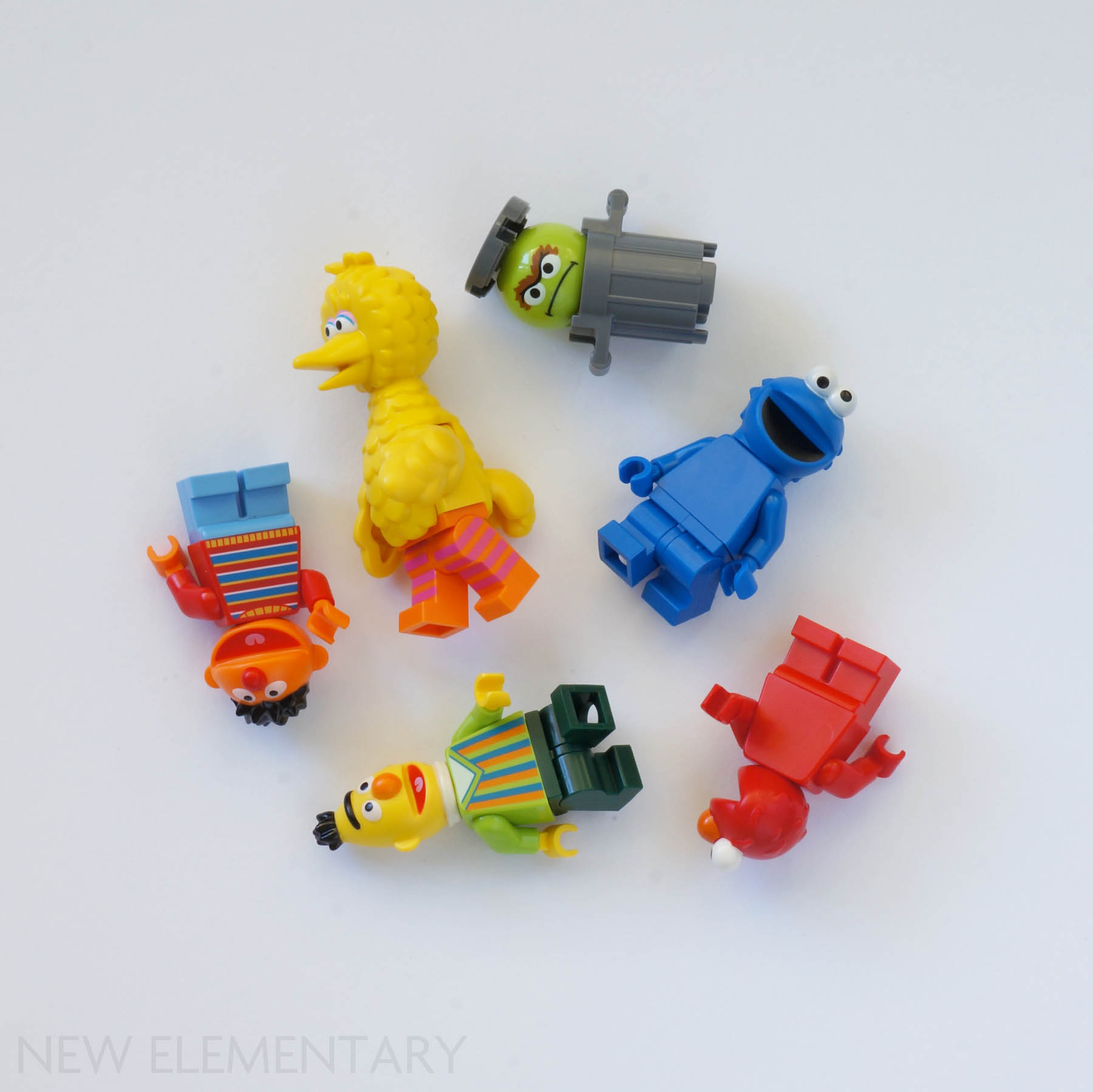
LEGO® Ideas parts & minifigures review: 21324 123 Sesame Street | New Elementary: LEGO® parts, sets and techniques
![LEGO Ideas' newest set 123 Sesame Street (21324) takes you back to your childhood [News] - The Brothers Brick | The Brothers Brick LEGO Ideas' newest set 123 Sesame Street (21324) takes you back to your childhood [News] - The Brothers Brick | The Brothers Brick](https://s3-us-west-2.amazonaws.com/media.brothers-brick.com/2020/10/LEGO-Ideas-21324-Sesame-Street-N36EW-Cover.jpg)
LEGO Ideas' newest set 123 Sesame Street (21324) takes you back to your childhood [News] - The Brothers Brick | The Brothers Brick

LEGO® Ideas parts & minifigures review: 21324 123 Sesame Street | New Elementary: LEGO® parts, sets and techniques
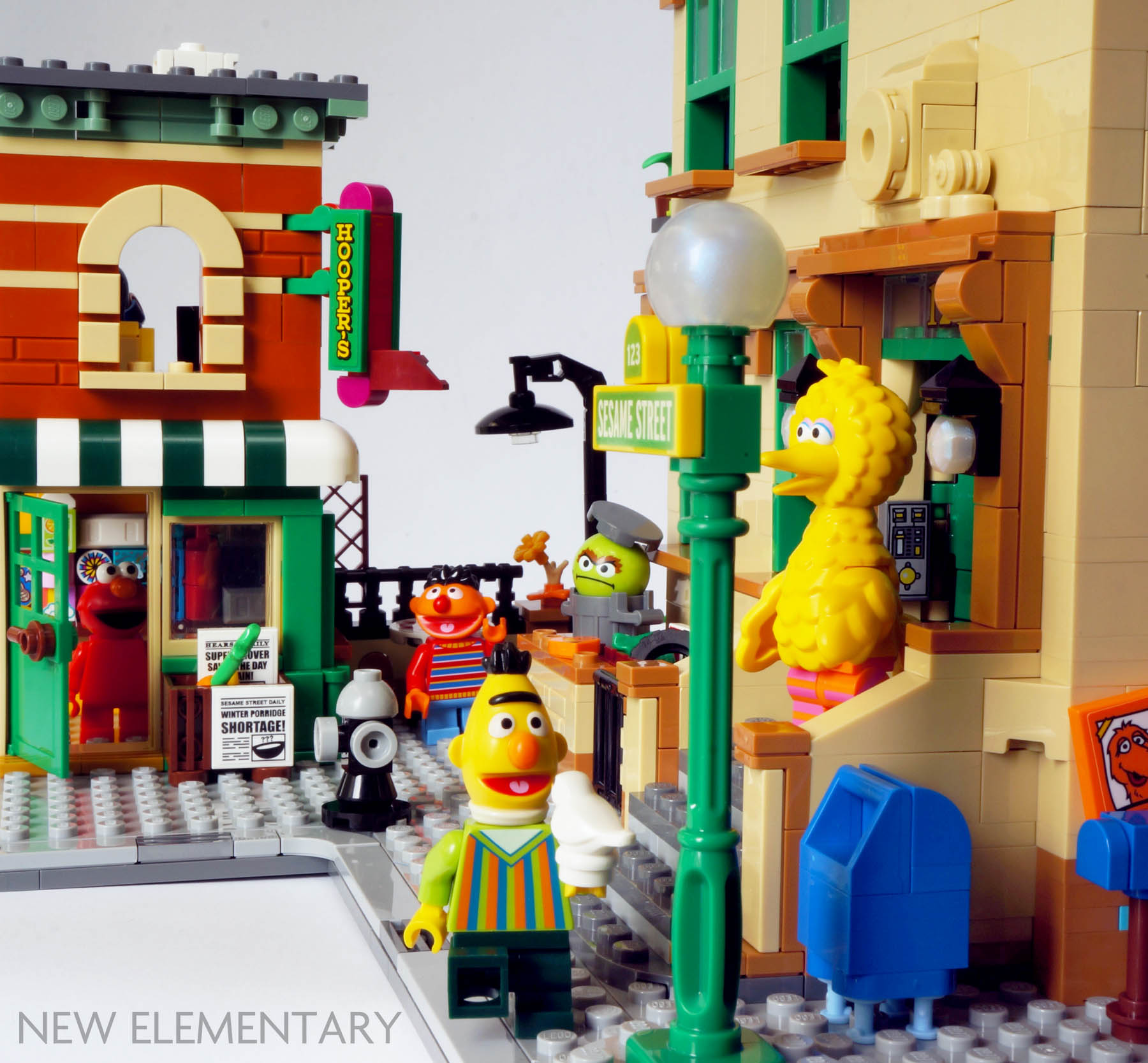
LEGO® Ideas review: 21324 123 Sesame Street - the model & stickers | New Elementary: LEGO® parts, sets and techniques

Amazon.com: LEGO Ideas 123 Sesame Street 21324 Building Kit; Awesome Build-and-Display Model for Adults Featuring Elmo, Cookie Monster, Oscar The Grouch, Bert, Ernie and Big Bird, New 2021 (1,367 Pieces) : Toys
![Come and Play! LEGO Ideas 123 Sesame Street (21324) [Review] - The Brothers Brick | The Brothers Brick Come and Play! LEGO Ideas 123 Sesame Street (21324) [Review] - The Brothers Brick | The Brothers Brick](https://s3-us-west-2.amazonaws.com/media.brothers-brick.com/2020/10/LEGO-Ideas-21324-Sesame-Street-Review-37-1024x1024.jpg)

